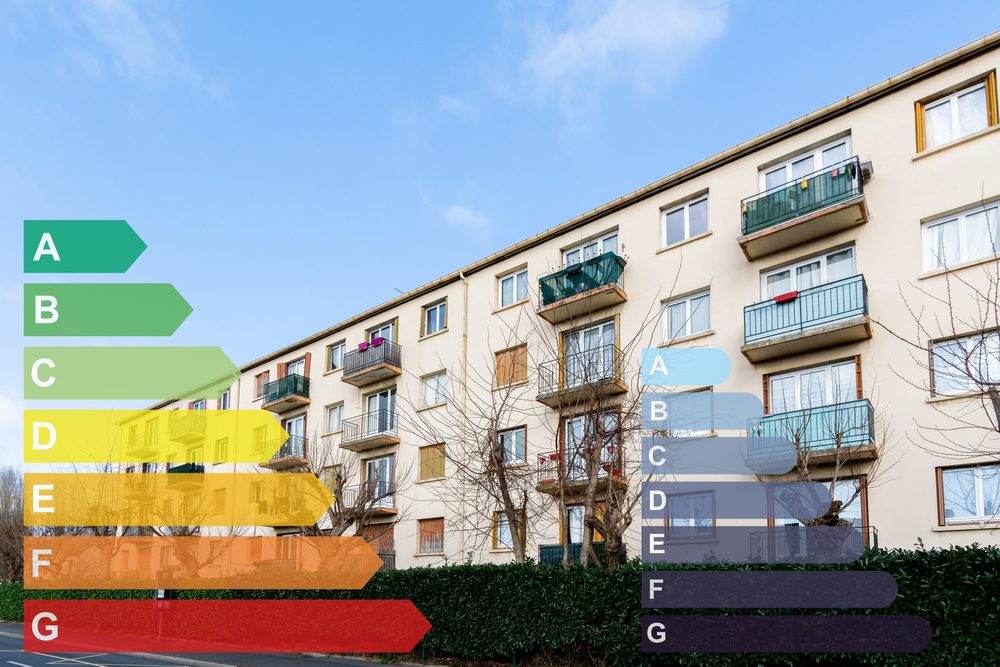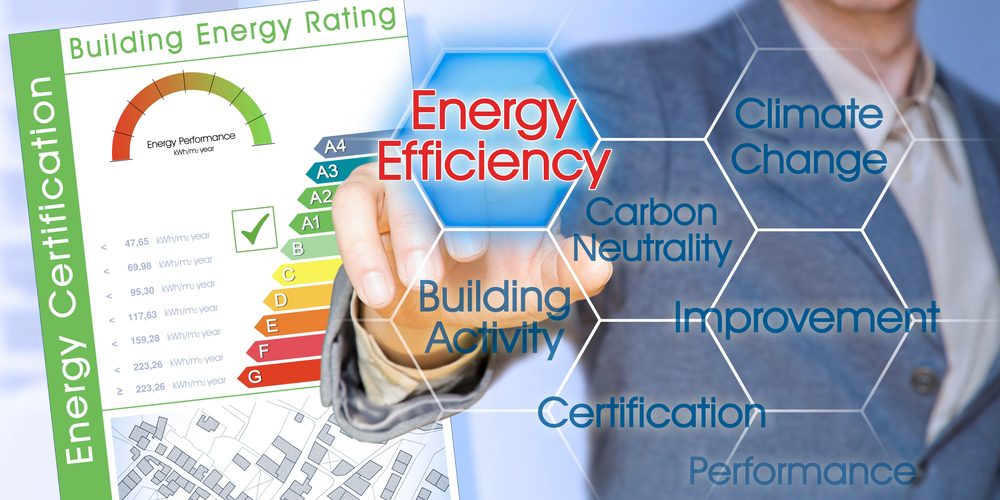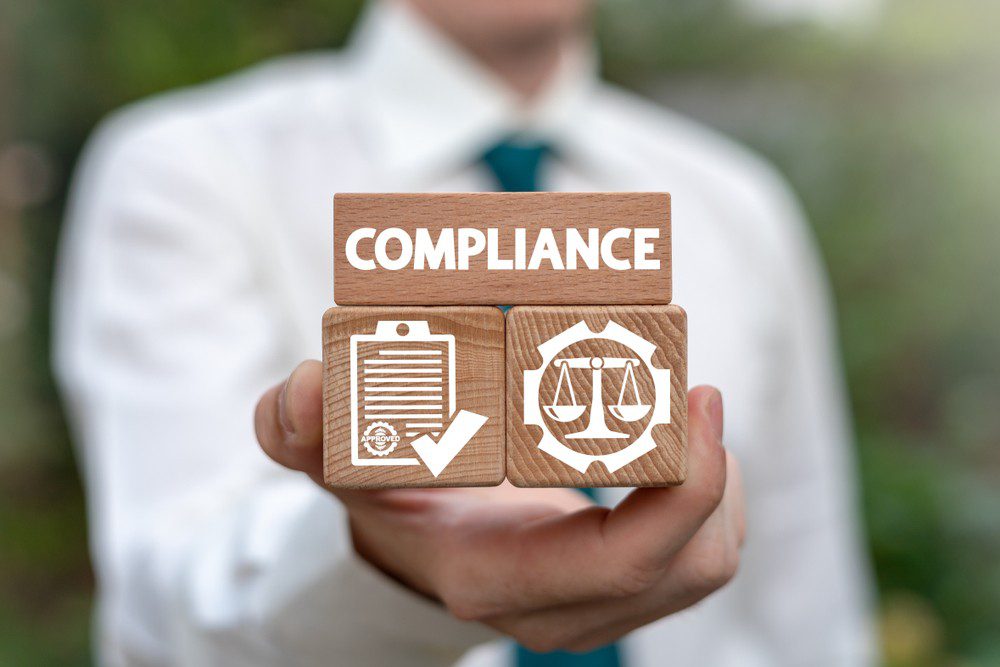Introduction
In the bustling urban landscape of Los Angeles, the quest for sustainability and energy efficiency has never been more critical. As the city strives to reduce its carbon footprint and combat climate change, regulations and ordinances have been put in place to ensure that buildings are contributing to this noble endeavor. One such initiative is the Los Angeles Annual Retro-Commissioning (LA EBEWE A/RCx) ordinance, aimed at optimizing building performance and energy efficiency. In this article, we will delve into why starting now is essential for your building’s success in meeting the LA EBEWE A/RCx deadline.
Understanding Retro-Commissioning (A/RCx)
Retro-Commissioning Define
At its core, retro-commissioning, or A/RCx, is a systematic process for identifying and correcting deficiencies in existing building systems to enhance their performance. Think of it as a thorough checkup for your building’s vital systems, such as HVAC, lighting, and controls. The primary goal is to ensure that these systems operate efficiently, delivering optimal comfort to occupants while minimizing energy consumption and environmental impact.
The Benefits of A/RCx
A/RCx offers a plethora of benefits to building owners and occupants alike. First and foremost, it results in significant energy savings, often exceeding 10% of a building’s energy costs. These savings not only reduce operational expenses but also contribute to the overall sustainability of the city. Improved indoor air quality, comfort, and reduced maintenance costs are additional perks that come with a well-executed A/RCx process.
The Connection to LA EBEWE A/RCx Compliance
Los Angeles, like many forward-thinking cities, has recognized the pivotal role buildings play in achieving energy efficiency targets. Hence, the LA EBEWE A/RCx ordinance was born. This ordinance mandates that certain existing buildings over 20,000 square feet in size must undergo the retro-commissioning process periodically, usually every five years. Complying with this ordinance is not just about ticking boxes; it’s about aligning your building with the city’s sustainability goals and staying ahead of the game in an increasingly green-conscious world.
The LA EBEWE A/RCx Deadline: What You Need to Know
The LA EBEWE A/RCx Ordinance
To fully appreciate the urgency of the situation, it’s essential to grasp the LA EBEWE A/RCx ordinance’s key requirements. Building owners must contract with a certified commissioning agent to conduct the retro-commissioning process. The agent will identify and implement cost-effective measures to improve the building’s energy performance, aiming to meet or exceed the energy efficiency standards set by the city.
The Deadline and Consequences
The clock is ticking, and the LA EBEWE A/RCx deadline is approaching – December 01,2023. Depending on the size of your building, compliance deadlines may vary, but they are rapidly approaching.
Failure to comply with the ordinance can result in significant financial penalties and a tarnished reputation within the city’s sustainability-conscious community. Non-compliance also means missed opportunities for energy savings and improved building performance.
Preparation is Key
The adage “time waits for no one” holds true here. Preparing for LA EBEWE A/RCx compliance takes time. It involves a series of assessments, evaluations, and adjustments that cannot be rushed. Building owners who start the process early have the advantage of a smoother journey toward compliance. They can identify issues, plan improvements, and secure necessary resources without the undue stress of last-minute changes.
Benefits of Early Action 
Why Start Early?
Starting the RCx process early is not just an advantage; it’s a strategic necessity. Early action allows you to identify and address potential issues well in advance of the compliance deadline. It enables you to budget effectively, securing the resources needed for improvements without disrupting your building’s day-to-day operations.
Cost Savings and Smoother Compliance
Early action can result in substantial cost savings. By identifying energy-saving opportunities and addressing them incrementally, you can spread the financial investment over time. This approach is not only financially savvy but also ensures that your building is continuously improving its performance.
The A/RCx Process Demystified
Step-by-Step Process
To demystify A/RCx, let’s break down the process into manageable steps. It typically begins with planning and scoping, followed by data collection and analysis. The commissioning agent then proposes and implements measures, tests the systems, and finally provides ongoing measurement and verification to ensure sustained performance improvements.
The Role of a Commissioning Agent
A certified commissioning agent plays a pivotal role in the A/RCx process. They bring expertise in identifying energy-saving opportunities, coordinating with building stakeholders, and overseeing the implementation of improvements. Their objective is to ensure that your building operates at peak efficiency.
Addressing Misconceptions
There are often misconceptions and concerns about the A/RCx process, including fears of disruption, high costs, and complex implementation. A well-executed A/RCx process minimizes disruptions, optimizes your budget, and simplifies complex tasks through systematic evaluation and implementation.
Overcoming Barriers to A/RCx Implementation
Common Challenges
Implementing A/RCx can present challenges for building owners and managers. These may include budget constraints, lack of in-house expertise, and resistance to change among occupants. Recognizing these barriers is the first step toward overcoming them.
Practical Solutions
Fortunately, practical solutions exist for each of these challenges. Financial incentives, grants, and rebates are often available to offset A/RCx costs. Collaboration with experienced A/RCx providers and leveraging their expertise can address knowledge gaps. Engaging and educating building occupants can foster a culture of energy efficiency.
Selecting the Right A/RCx Provider
Criteria for Choosing a Provider
Selecting the right A/RCx provider is a critical decision. Key criteria include experience, certifications, and references. Look for providers who specialize in your building type and size, as they will be better equipped to identify relevant opportunities for improvement.
Evaluating and Selecting
We’ll provide a comprehensive guide on how to evaluate and select the most suitable A/RCx provider for your building. This includes conducting interviews, checking references, and reviewing their track record of successful projects. Visit VertPro.com and fill out your property details to get an instant quote!
Funding and Incentives for A/RCx
Financial Incentives
One of the most significant advantages of A/RCx is the potential for financial incentives. We’ll explore various programs, grants, and rebates available in Los Angeles to help offset the costs of A/RCx implementation. These incentives can make the difference between a challenging financial burden and a manageable investment in your building’s future.
Leveraging Available Resources
Efficiently navigating the landscape of financial incentives requires strategic planning. We’ll provide insights into how building owners can maximize the available resources to achieve their A/RCx goals while minimizing the financial impact.
The Future of Building Performance in Los Angeles
Broad Implications of LA EBEWE A/RCx Compliance
Compliance with the LA A/ RCx ordinance extends beyond meeting a regulatory requirement. It aligns your building with the city’s sustainability goals, contributing to a more eco-friendly and resilient Los Angeles. By taking action now, you’re not only safeguarding your building’s future but also playing a vital role in the city’s future.
Long-Term Benefits for Building Owners
The benefits of A/RCx go beyond compliance. Building owners who invest in energy efficiency today are better positioned for the future. They enjoy reduced operational costs, enhanced property value, and increased tenant satisfaction. A/RCx becomes a long-term strategy for building success.
Technology and Innovation
The future of A/RCx is intrinsically linked to technology and innovation. Advancements in building automation, data analytics, and sustainable materials will continue to shape the A/RCx landscape.
Conclusion
In conclusion, the LA EBEWE A/RCx deadline is fast approaching, and the time to act is now. Retro-commissioning is not just about meeting regulatory requirements; it’s about future-proofing your building, reducing operational costs, and contributing to a more sustainable Los Angeles. By starting early, selecting the right A/RCx provider, and leveraging available incentives, building owners can ensure their success in this transformative journey. The benefits of A/RCx extend far beyond compliance, positioning your building as a beacon of energy efficiency in the city of angels. Don’t wait; act now and secure your building’s success.
Elevate your property’s energy efficiency with VertPro.com, your one-stop solution for Commercial Energy Audits, Benchmark Compliance consultancy, and our cutting-edge Construction Marketplace. As industry pioneers, VertPro® empowers Building Owners and Property Managers nationwide with innovative SaaS technology-based solutions. From Energy Benchmarking to Energy Audits/A/RCx Plus, we ensure compliance with over 50 Energy Benchmarking and Energy Efficiency Laws.
Don’t miss out on maximizing your property’s energy potential and value. Explore VertPro.com’s comprehensive solutions today, and let us help you unlock the transformation your property deserves.




 Here are the benefits of LA Benchmarking:
Here are the benefits of LA Benchmarking: